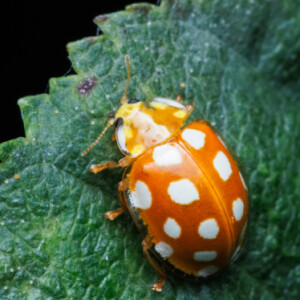Orange
I think it's rather sad that beautiful things can pass you by so easily. Although I had a country childhood, and my mother was a keen gardener, I grew up not thinking about butterflies very much. I could have named a Red Admiral, and a Tortoiseshell (without the qualifying prefix "Small"), and that's about it. Every white butterfly I saw would have been a "Cabbage White", even if it wasn't, and any blue one would simply have been a "Blue Butterfly".
It was only when I started taking photography more seriously, and began thinking of insects as interesting subjects, that I started really looking at butterflies and realised how many we have in this country, and how amazingly varied they are in size, shape, colour, and pattern. The first time I ever pointed a long lens at a Comma, I was astonished by its scalloped edge, and thought something must have been trying to eat it. I went out and bought a book to help me identify it and find out a bit more about how it lives, started reading about other species as well, and opened the door to a world of wonder.
But. I do this all the time now - photographing things with wings, I mean - and there are soooo many of them, and you can't be fascinated by all of them all the time, can you? And I see Commas everywhere, including in the garden, and over time they've slid down the Wow! ranking, until they've arrived at "just a Comma" status. This afternoon I was walking back from the village pond, where I'd spent quarter of an hour kneeling in the dirt, folded in three, trying to get close-up low-level images of an Emperor ovipositing without putting her to flight, and I wasn't looking to photograph anything else. So when I noticed a largish orange butterfly resting on a patch of travellers' joy, I checked it out, saw it was just a Comma, and prepared to walk on. And then thought - actually, it's gorgeous. So I stopped and captured a quick portrait, and I'm glad I did. There's more about the species here if you'd like some facts and figures.
My second subject today is also orange. So far this hasn't been an especially good year for ladybirds, but I've noticed the numbers ticking up in the past few days, and this morning I was pleased to see an Orange Ladybird (Halyzia sedecimguttata) on the red horse chestnut tree in the wild garden. The adult Orange Ladybird is about 5mm long, and I've always especially liked its little yellow face, and the transparent flared edges of its pronotum and wing cases, which put me in mind of a see-through umbrella. Larvae and adults both live on mildew on a range of deciduous trees, though their favourites are said to be sycamore and ash (both of which we have in our garden). It overwinters at the adult stage, either in bark crevices on tree trunks or in leaf litter, and breeds in the spring, after which the females will lay their eggs in batches of forty on suitable trees. At one time this was an uncommon species in the UK, but it's now widespread across England, and its numbers are increasing.


Comments
Sign in or get an account to comment.


